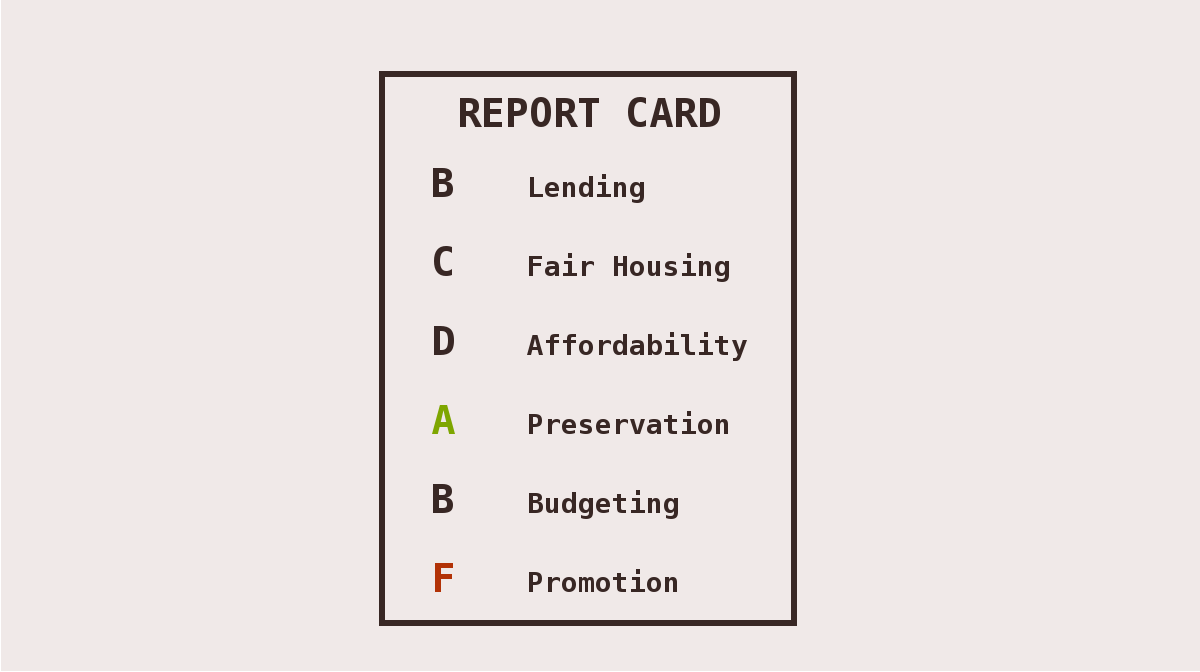Last week the Lawyers' Committee for Better Housing, a Chicago based nonprofit, released another study on evictions using Cook County data cross-referenced against census data. Their results can be found here. It's a worthwhile study which is certainly of equal if not greater interest than the information presented by Eviction Lab, the National Law Center on Homelessness & Poverty's PDF report on the interactions between eviction and homelessness, and Matthew Desmond's seminal 2017 book on eviction.
These studies are all fantastic sources of data on the current U.S. eviction crisis. The researchers have all done some excellent work. But there's a problem. They only focus on the tenant side of things.
A legal eviction is a five-party transaction involving landlords, tenants, judges, lawyers and the sheriff. It might also involve the police, the banks and the insurance companies as well. But for the sake of this article we're focusing on the main missing party in all of these studies and data portals: the landlords. Continue reading The Missing Side of Eviction Studies






